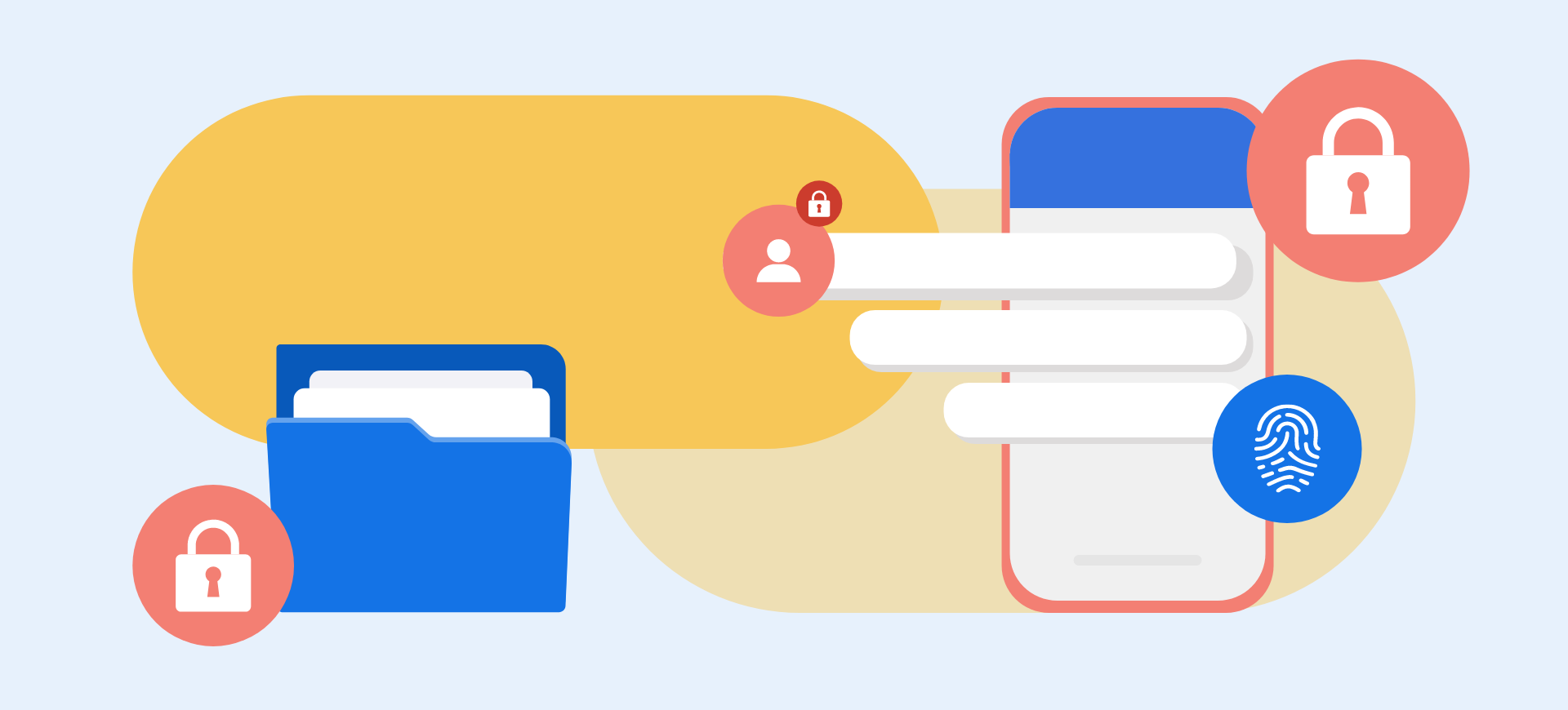While a return to schools might mean children are spending less time attached to computers and devices, the last year of virtual home schooling has fast-tracked a lot of youngsters’ digital education. For this reason, it’s important to teach children how to use the internet responsibly, and the dangers it can pose.
To make things straightforward, we’ve highlighted our top five internet safety tips for keeping your children out of harm’s way as they continue to spend time online.
Discuss online safety from an early age
One of the most effective ways of ensuring children appreciate online safety is to introduce them to the internet from an early age. This way, you can monitor your child as they begin to enjoy learning about the positive elements of technology, while also weaving in helpful themes centred around safety. This could include learning about pop ups, or how to recognise a reputable website name.
This approach gives you the chance to discuss the importance of the internet and address key safety issues that will make the online journey a more enjoyable one. Because you’re slowly introducing these ideas, your child won’t feel overwhelmed and frightened of the internet. Instead, they should start to treat cautiousness as the norm.
Confirm their social media privacy settings
Children are exposed to social media from a young age, and are likely to come across new platforms before you, so make sure you’re aware of any new sites or apps that crop up and gain popularity. Talk openly to your child about the importance of implementing security measures, and how they’re there to keep them safe.
This is particularly important when your child first sets up a social media profile. Whether it’s Facebook, Twitter, Instagram, or any other platform, be sure to go through the default settings and check that posts are only seen by confirmed friends. Talk to your child about why this is important, and how each post, picture, and status should be treated with care as they are often permanent.
Similarly, address who can add your child on social media. Ideally, set up a private profile that requires your child to manually accept followers, and monitor who they’re adding from afar. Often, you’ll recognise names from school or sports clubs, but if you’re unsure, try to bring your concern up naturally rather than forcefully.
Double check any mobile apps you don’t recognise
Technology is always developing, and children now grow up with smartphones and internet access at the touch of a button. This can be daunting as a parent, and you’ll naturally be curious about what apps your child is using. The easiest way to get around this is to make sure their device’s app store requires a password for each download, so your child comes to you for the final say.
Alternatively, if you’d rather give them a little more space, let them have their own account and password, but keep a distant eye on any mobile apps they’re using that you don’t recognise. In most instances a quick Google search will confirm the suitability, but if you’re still unsure, start an open conversation about the app to get to the bottom of it.
Develop a relationship built on trust
Perhaps the most important step you can take towards keeping your child safe online is to give them the opportunity to explore the internet themselves, even if it does feel like going against your better judgement. They’ll spend large chunks of their life online, and you can’t monitor them all the time, so it’s important that they develop a cautious awareness on their own.
Remember that trust works both ways. If you allow your child the freedom to spend time online, they’ll be less wary about coming to you about things they don’t quite understand, or anything that appears unusual – and this, ultimately, is the stage you want to reach. Obviously, take suitable precautions to make sure your child isn’t in danger, but try to keep your distance where possible.
YouTube safety mode/Google SafeSearch
Ensuring you’ve enabled Google SafeSearch will go quite some way towards putting your mind at ease and allowing your child to access the internet independently, without running the risk of exposing them to inappropriate material. This also applies to YouTube. Instead of prohibiting access or trying to monitor your child’s use (or worse, always watching over their shoulder), enable the restricted mode that makes accessing dangerous content more difficult.
While in each case there may be instances of some material slipping through the protective net, and you should always remain vigilant regardless, you can be certain that your child will be protected from the majority of unsuitable content.
Growing up with technology, children are often exposed to the internet from a very early age. This makes it vitally important to address issues around cyber safety and teach children the dangers of the internet, as well as the benefits. Learn more about cybersecurity by clicking the link below, and discover how to keep yourself and your loved ones safe online:


